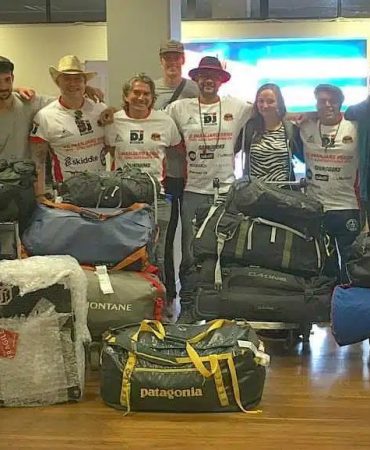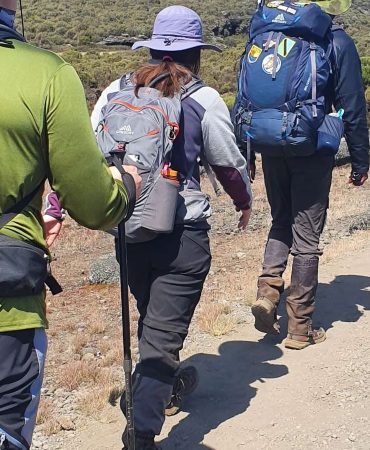Is Kilimanjaro hard to climb? Discover 5 essential facts to prepare for this thrilling adventure, from altitude challenges to fitness tips. Conquer the summit!
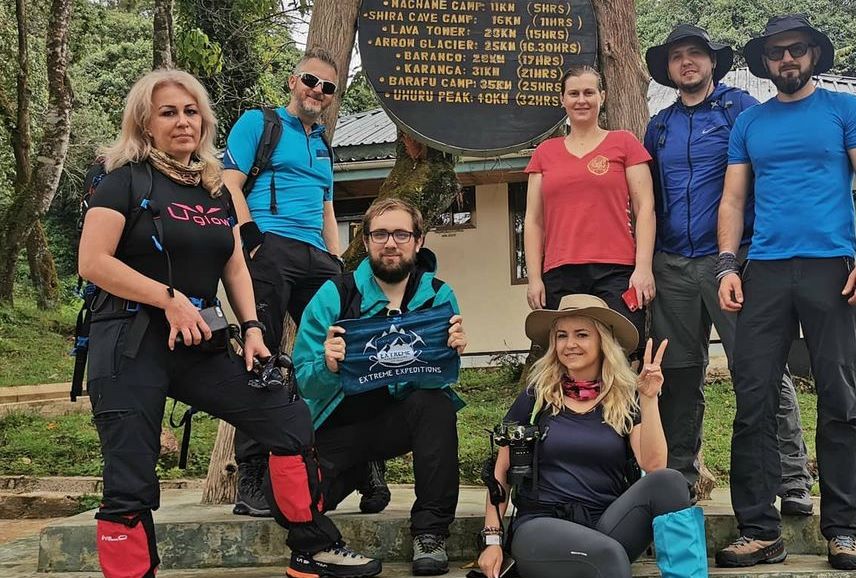
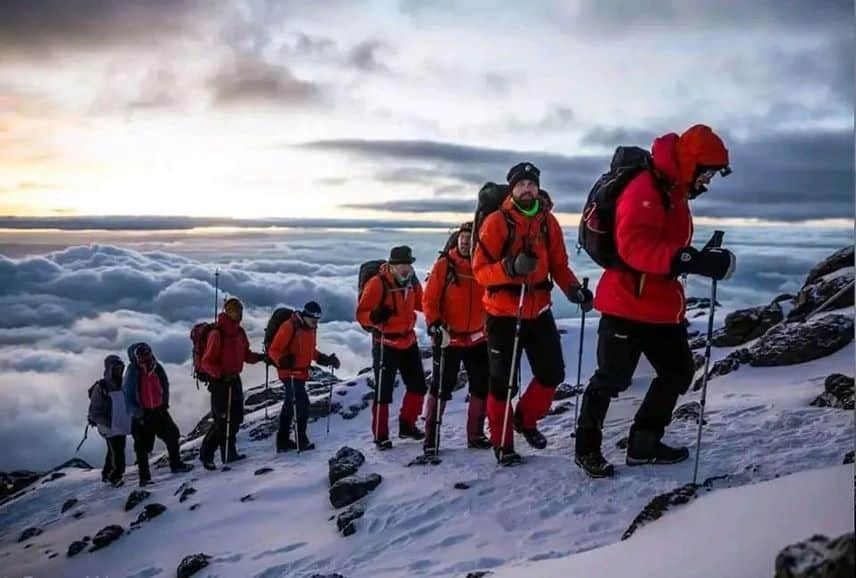
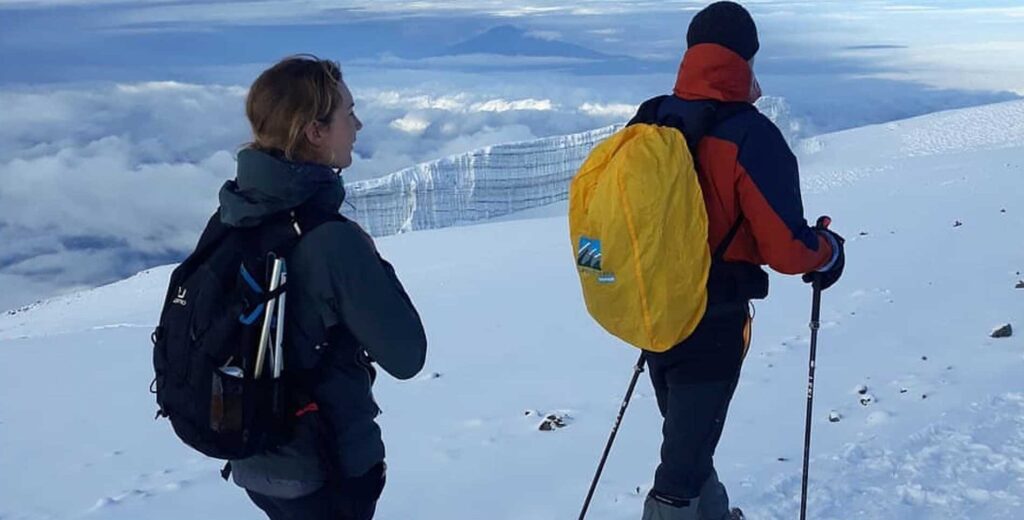
Is Kilimanjaro hard to climb?
Mount Kilimanjaro, Africa’s highest peak, is often seen as a dream destination for adventurous climbers. But many potential hikers wonder, Is Kilimanjaro hard to climb? This towering volcano stands at 5,895 meters (19,341 feet) above sea level, making it one of the world’s tallest free-standing mountains. While it’s achievable for many, the climb is far from easy. Below, we break down five key facts you need to know to assess the difficulty and prepare for your Kilimanjaro adventure.
1. Altitude Challenges: The Silent Struggle
The primary difficulty of climbing Kilimanjaro comes not from technical terrain but from altitude. At nearly 6,000 meters, the air is thin, and altitude sickness becomes a real threat. The higher you climb, the less oxygen is available, making even simple tasks exhausting.
- Acclimatization: Most routes on Kilimanjaro allow for gradual acclimatization, but some climbers can still struggle with symptoms like headaches, dizziness, and nausea. Proper acclimatization is critical to success, and it’s advised to choose longer routes that allow your body time to adjust to the altitude.
- Altitude Sickness (AMS): The risk of Acute Mountain Sickness increases the higher you go. While AMS is manageable with proper care, severe forms like High Altitude Pulmonary Edema (HAPE) or High Altitude Cerebral Edema (HACE) can be life-threatening.
Takeaway: Altitude is Kilimanjaro’s biggest challenge, and how well you handle it will largely determine how hard the climb feels.
2. Physical Fitness: Train Before You Go
While you don’t need to be an elite athlete to climb Kilimanjaro, a good level of fitness is essential. The trek involves hiking for 5-8 hours a day over varying terrain, including steep ascents, rocky trails, and sometimes snow and ice at the summit.
- Cardio Training: Preparing for the climb with cardiovascular exercises like running, cycling, and swimming can boost your endurance. Focus on building stamina over long distances rather than just speed.
- Strength and Flexibility: Strength training for your legs, core, and back will help with the demands of carrying a daypack and navigating uneven trails. Flexibility exercises can reduce the chance of injury.
Takeaway: A few months of physical training will make the difference between a grueling hike and an enjoyable challenge.
3. Weather Extremes: Be Ready for All Conditions
One of the unique challenges of climbing Kilimanjaro is the diversity of climates you’ll experience. Starting from the base in tropical rainforests, climbers ascend through alpine deserts and finish in arctic-like conditions at the summit. The weather can be unpredictable, and extreme temperature changes can occur in a single day.
- Packing the Right Gear: Proper clothing is essential for a successful climb. You’ll need moisture-wicking layers for the hot, humid lower sections and insulated jackets, gloves, and hats for the freezing temperatures near the top.
- Rain and Wind: Even in the drier seasons, rain and wind can make the climb more difficult, especially at higher altitudes. Quality waterproof clothing and good hiking boots are a must.
Takeaway: Preparing for all weather conditions will significantly affect your comfort and success on the climb.
4. Mental Toughness: The Psychological Challenge
Climbing Kilimanjaro isn’t just a physical challenge; it’s a mental one, too. The long hours of walking, combined with the effects of altitude, can take a toll on even the most prepared climbers.
- Summit Night: The final push to Uhuru Peak is one of the toughest parts of the climb. It begins around midnight, with climbers reaching the summit around sunrise. The ascent is steep, cold, and exhausting, testing your mental fortitude as much as your physical endurance.
- Group Dynamics: Many climbers find that the camaraderie of fellow hikers and guides helps boost morale during difficult moments. A positive attitude and determination are key to pushing through the toughest sections.
Takeaway: A resilient mindset will help you overcome physical discomfort and the natural urge to quit.
5. Choosing the Right Route: Easier Doesn’t Always Mean Better
There are several routes to the summit of Kilimanjaro, each varying in difficulty, length, and success rates. Choosing the right one for your abilities and goals is crucial to a successful climb.
- Marangu Route (Coca-Cola Route): Known as the “easiest” route because it offers hut accommodations and has a relatively gradual ascent. However, it has one of the lower success rates due to its short acclimatization period.
- Machame Route (Whiskey Route): More challenging than Marangu, but with a better acclimatization profile. It is popular for its scenic beauty and higher success rate.
- Lemosho and Northern Circuit Routes: These are longer, more remote routes that allow for better acclimatization and offer a higher chance of reaching the summit.
Takeaway: Choose a route that matches your fitness level and gives you the best chance to acclimatize, even if it means a longer trek.
Conclusion: Is Kilimanjaro Hard to Climb?
The answer depends largely on your preparation. Kilimanjaro is a non-technical climb, which means that anyone in good health with determination and proper preparation can make it to the top. However, it is by no means easy. The altitude, weather, and mental challenges make it a serious endeavor. With the right training, mindset, and support, many climbers find Kilimanjaro to be a difficult but rewarding experience.
FAQs:
1. How long does it take to climb Kilimanjaro?
The duration of the climb depends on the route chosen. Most routes take between 5 to 9 days, with longer routes offering better acclimatization and a higher chance of success.
2. What is the success rate for Kilimanjaro climbs?
Success rates vary by route. Shorter routes like Marangu have lower success rates (around 65%), while longer routes like Lemosho or the Northern Circuit can have success rates as high as 90%.
3. Do I need technical climbing skills to summit Kilimanjaro?
No, Kilimanjaro is a non-technical climb. However, good fitness and mental resilience are essential.
4. What is the best time of year to climb Kilimanjaro?
The best times to climb are during the dry seasons: January to March and June to October. These months have more stable weather, although temperatures can still be very cold near the summit.
5. Can altitude sickness be prevented?
While altitude sickness can’t always be prevented, gradual acclimatization, staying hydrated, and taking medication like Diamox can help reduce the risk.
6. What gear do I need for Kilimanjaro?
Key gear includes layered clothing for varying temperatures, a good quality sleeping bag, waterproof hiking boots, trekking poles, and a daypack. Consult with your tour provider for a complete gear list.

